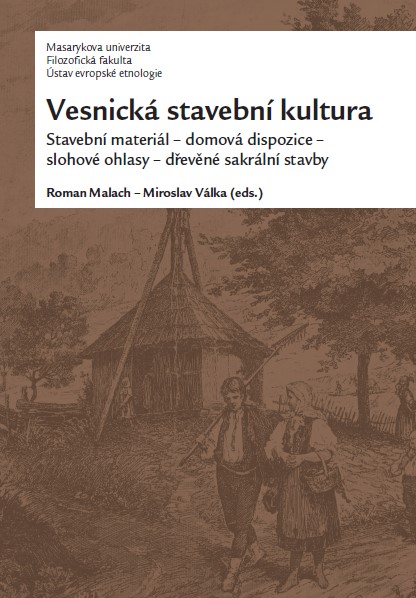Problematika sýpky v teoretických projektech realizovaných na přelomu 30. a 40. let 20. století (s přihlédnutím k Domažlicku)
The issue of the granary in theoretical projects implemented at the turn of the 1930s and 1940s (with Domažlicka taken into account)
Author(s): Dana Motyčková, Kateřina Sedlická
Subject(s): Cultural history, Customs / Folklore, Architecture, Interwar Period (1920 - 1939), WW II and following years (1940 - 1949)
Published by: Masarykova univerzita nakladatelství
Keywords: Regional contest of architecture; survey action; Czech Academy of Science and Art (ČAVU); Theodor Petřík; Karel Chotek; farmhouse; granary; protectorate; archive funds;
Summary/Abstract: The Ethnographical Commission at the Czech Academy of Science and Art was established to utilize effectively the government grant on behalf of the Czech folk culture, especially the Czech folk architecture and folk songs. It worked from 1941 until 1946. With its activities and financial subsidies, it helped bridge the period of protectorate, not propitious for ethnography. In its work, it took into consideration the needs of ethnography in the wide sense of the word, as well as the social aspects. The proposals arisen from two architectural contests of the Ministry of Education were probably the first ones that solved the issue of new construction of farmhouses, taking into consideration the needs of farmhouses of different sizes; as well, they adopted a responsible approach to regional needs, including the outside appearance of the buildings. Because of the development of architecture in the Czech countryside, the above events placed high demands mainly on how to assert and link together the novelties with traditional processes in construction of the village and small-town house. One of the assessment criteria included a requirement for the previous study of local architecture in the field and the corresponding literature. The period of protectorate as well as the following short period of after-war renewal did not allow to use the submitted proposals in practice. The results of the subsequent Survey Action were used neither at that time, nor later. However, they retain a lot of important information for the study of folk architecture, because in many places they captured the last moments of existing traditional housing, especially the wooden one.
- Page Range: 108-117
- Page Count: 10
- Publication Year: 2014
- Language: Czech
- Content File-PDF

